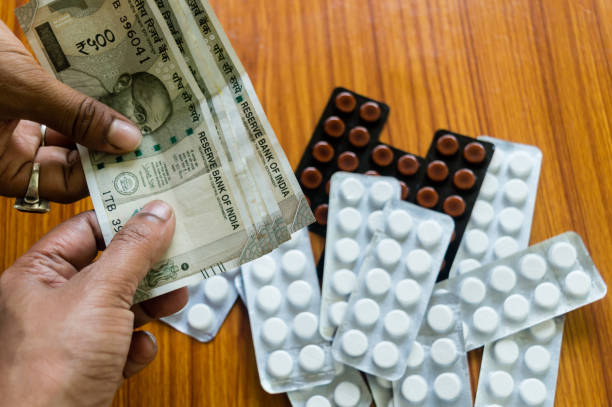Diabetes, a chronic disease that affects millions of people worldwide, is characterized by high levels of glucose in the blood. It’s often referred to as a silent killer because its symptoms can be so subtle that they go unnoticed until the disease has progressed significantly. Recognizing these early signs can lead to prompt diagnosis and treatment, preventing severe complications.
One of the most common early symptoms of diabetes is increased thirst and frequent urination. This happens because excess sugar builds up in your bloodstream, causing your kidneys to work overtime to filter and absorb it. When they can’t keep up, the excess sugar is excreted into your urine along with fluids drawn from your tissues. This triggers more frequent urination, which may leave you dehydrated leading to an increase in thirst.
Another telltale sign is constant hunger or fatigue. When you have diabetes, your body isn’t able to convert glucose into energy efficiently due to lack of insulin or insulin resistance. As a result, you might feel persistently hungry no matter how much you eat because your cells aren’t getting the fuel they need for energy.
Unexplained weight loss despite eating enough food could also be an indicator of diabetes particularly type 1 diabetes but it can happen with type 2 as well. In this case, without enough insulin to move sugar into your cells, all those calories pass through undigested causing weight loss.
Other potential early signs include blurred vision which occurs when high blood sugar levels cause fluid levels in the body including lenses of eyes leading them swell changing their shape affecting ability focus clearly; slow-healing sores or cuts – over time high blood glucose affects circulatory system reducing ability heal; numbness tingling hands feet known peripheral neuropathy commonly found patients suffering from long-term diabetes but sometimes it presents as first symptom too.
It’s also important note skin changes such dark patches especially neck armpits known acanthosis nigricans indicative insulin resistance; frequent infections particularly urinary tract, skin, vaginal yeast women can be early warning signs too.
If you’re experiencing any of these symptoms, it’s crucial to consult a healthcare professional immediately. Early detection and treatment of diabetes can decrease the risk of developing complications such as heart disease, stroke, kidney disease, blindness and amputation. Keep in mind that some people with type 2 diabetes have symptoms so mild that they go unnoticed. Regular check-ups are essential to catch this silent killer in its tracks.
In conclusion, while these symptoms could indicate other conditions as well and not just diabetes, they should never be ignored. Recognizing them early could lead to timely diagnosis and management of the condition preventing severe health complications down the line.




